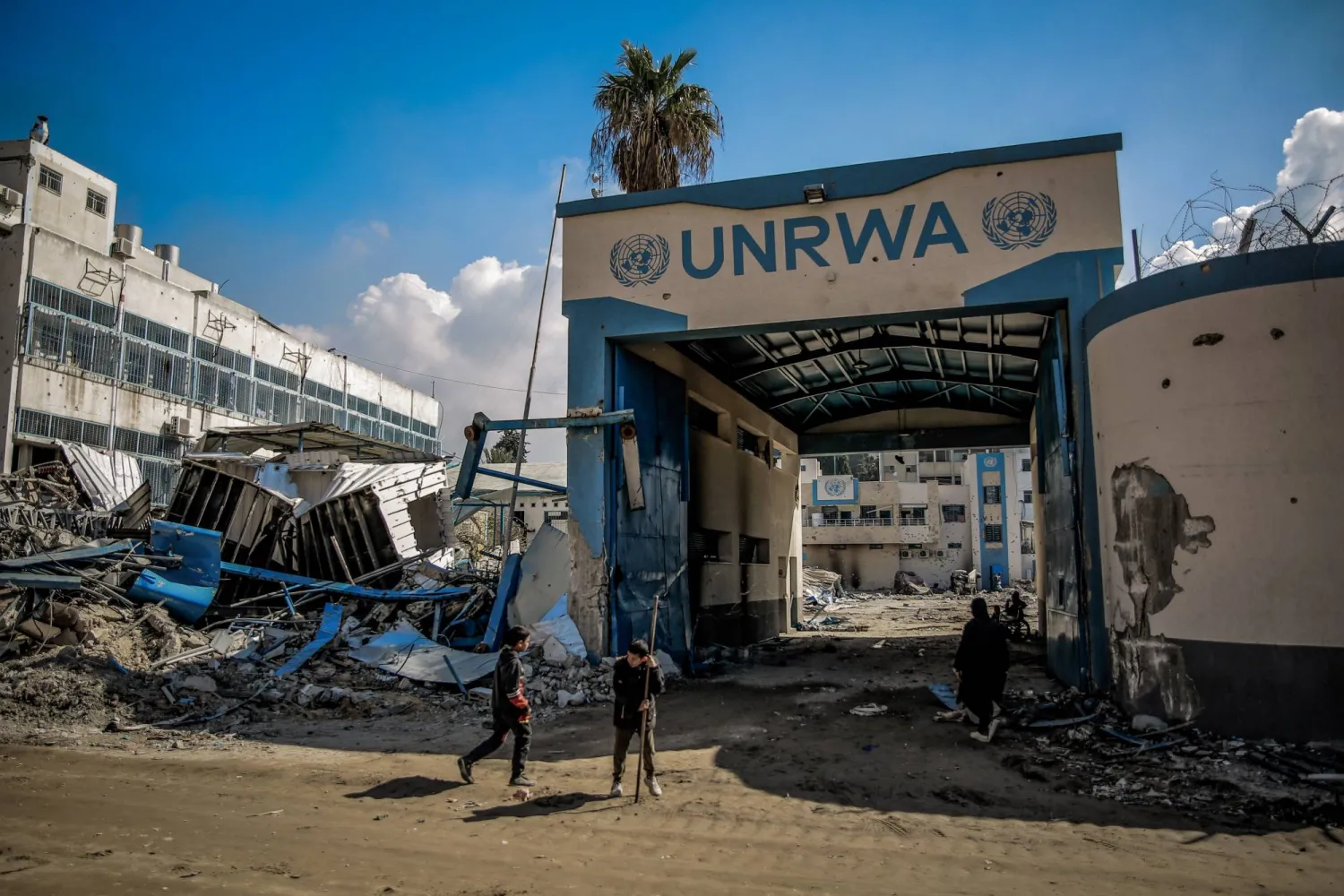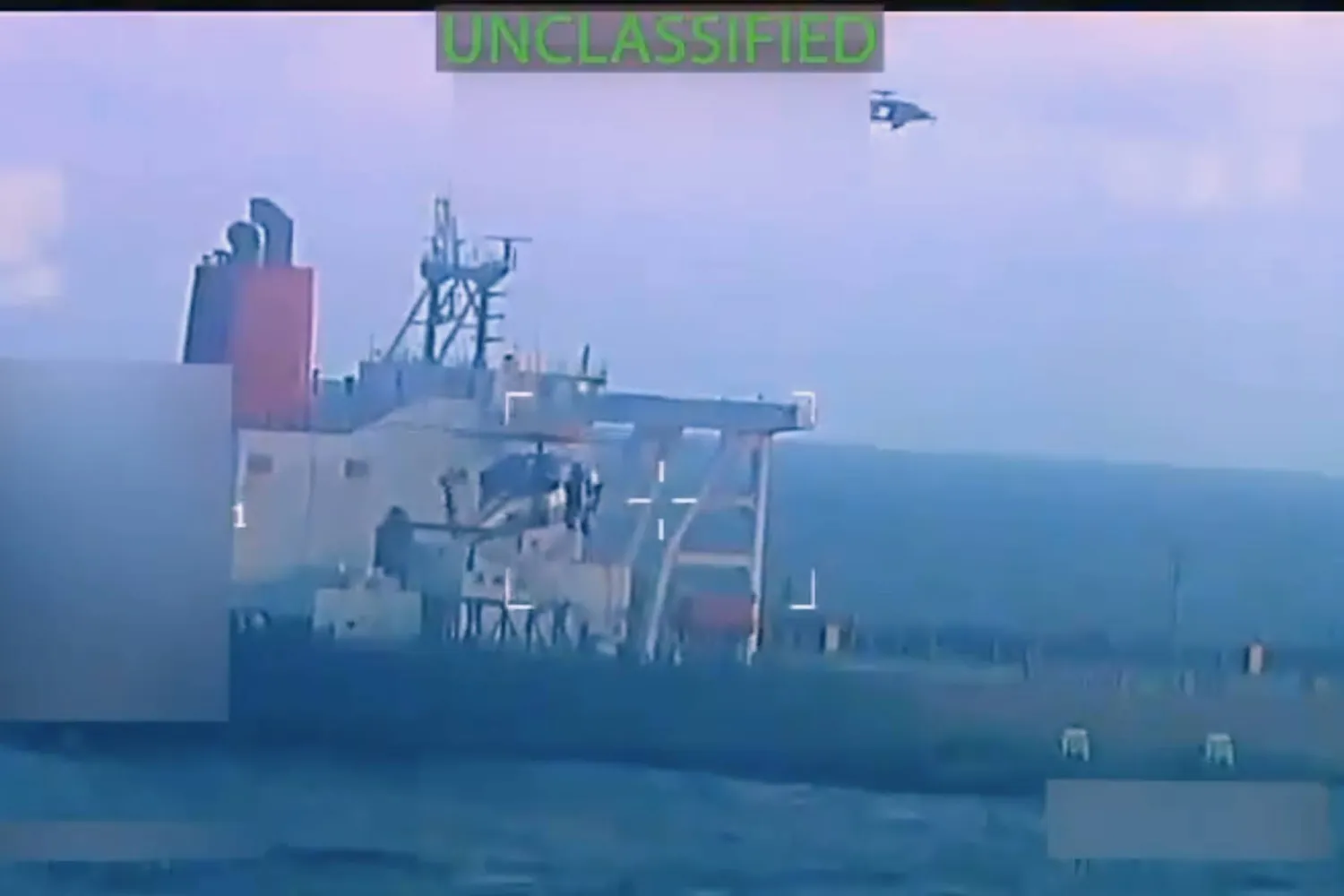Washington’s silence toward Iran’s repeated calls to revive nuclear negotiations is not simply a lapse in diplomatic attention. For many analysts, it resembles a calculated test of nerves at a moment of exceptional sensitivity in Tehran.
As the United States juggles a crowded foreign policy agenda, critics say Iran’s state is fraying from within under the strain of a deep economic downturn and growing uncertainty over who will rule after Supreme Leader Ali Khamenei.
And while Tehran continues to signal conditional readiness for talks, Washington appears content to wait, perhaps for deeper internal unraveling or for a political landscape reshaped by a full reordering of Iran’s power structure.
In recent weeks, Iranian officials have repeatedly spoken of Tehran’s willingness to enter serious negotiations with the United States over the nuclear program, while Washington’s silence toward these overtures has been striking.
Tehran insists on showing a desire for dialogue under what it calls fair and balanced terms, but Washington appears in no hurry.
Analysts describe Washington’s posture as a mix of tactical patience and prioritization at a moment when Iran faces economic and political strains and lingering uncertainty over who will lead the country after Khamenei.
Washington’s Priorities
Patrick Clawson, director of research at the Washington Institute for Near East Policy, says the cool US reaction is not a final rejection but a natural result of an American political arena crowded with urgent issues from Venezuela to Ukraine, along with domestic pressures.
Clawson told Asharq Al-Awsat that President Donald Trump’s team believes Iran’s nuclear program has suffered major setbacks in recent years and no longer represents an immediate threat, making the file less pressing.
He added that US chief negotiator Steve Witkoff is overseeing dossiers the White House sees as more urgent at the moment.
This approach gives Washington comfortable room to maneuver.
The US administration does not want to enter a new round of complex and politically costly negotiations before ensuring that the right conditions exist, particularly in the absence of clear signals that Iran is ready to offer substantive concessions beyond rhetoric.
Signals of Conditional Openness
Tehran has amplified its public messaging. In an interview with Japan’s Kyodo news agency, Iranian Foreign Minister Abbas Araghchi said Iran remains open to diplomacy but is not convinced Washington is ready for genuine and serious negotiations.
Araghchi said Washington still operates with an attitude of dictates and that any return to the negotiating table must be based on fair and balanced outcomes.
Tehran also opened a technical channel with Japan, seeking assistance based on Japanese experience in dealing with nuclear crisis fallout to help secure Iranian facilities damaged by recent Israeli and US attacks.
The request reflects an implicit acknowledgment of the scale of damage to Iran’s nuclear infrastructure, even as Araghchi described the attacks as the greatest violation of international law.
This technical engagement does not indicate a shift in Tehran’s core position.
Iran continues to insist on the right to enrichment under the Nuclear Non-Proliferation Treaty and links any acceptance of new constraints to the lifting of sanctions and international recognition of its peaceful nuclear program.
Deepening Internal Divisions
Inside Iran, the situation is becoming more complex.
Clawson points to unprecedented public sparring among Iranian officials and open speculation about post-Khamenei scenarios, which he says reflect sharp disagreements within the elite.
Iranian researcher Farzin Nadimi argues the real confrontation is between two principal camps: Khamenei and his institutions on one side, and former president Hassan Rouhani and his team seeking to play a decisive role in the next phase.
There are other groups in between, Nadimi says, but these two blocs are the main poles.
Nadimi told Asharq Al-Awsat that the Islamic Revolutionary Guard Corps is acting as an observer for now, despite its direct allegiance to Khamenei.
It could, however, move forcefully after Khamenei exits the scene, possibly triggering a power struggle between the Guard and Rouhani unless the latter is pushed aside before then.
Iran is also grappling with a severe economic crisis. The national currency has lost more than 10 percent of its value in only ten days, amid persistent water shortages, repeated power outages, and what critics describe as an ineffective economic model.
Clawson cited the new gasoline pricing system, which imposes a high rate on excess consumption but remains below the cost of importing fuel, for which the government pays four billion dollars annually. Experts describe this approach as a clear sign of poor governance.
Missile Buildup and Preparing for Israel
Regionally, Israel remains a central factor in Tehran’s calculations.
Barak Barfi, a researcher at the New America Foundation in Washington, told Asharq Al-Awsat that Iran is offering no indication it is prepared to scale back its nuclear or missile programs and is instead building up its missile stockpile in preparation for another confrontation with Israel.
Barfi believes Iran aims to acquire a capacity that can overwhelm Israeli defenses through dense volleys of missile fire.
Barfi does not expect Israel to launch a military strike in the near term, citing its need to preserve freedom of action in Iranian airspace and concerns that Tehran could rebuild its air defenses.
Israeli decision makers are also weighing the risks of overstretching the home front and the possibility of an inconclusive strike, especially with the 2026 US midterm elections approaching.
A Strategy of Waiting
For now, Washington appears positioned to wait, while Tehran appears intent on buying time. With internal pressures escalating and factional rivalries sharpening, Iran’s leadership may need external de-escalation more than it needs a comprehensive agreement.
The US administration, meanwhile, believes any new negotiations require a different environment and stronger leverage, whether through sanctions or Israel’s continued “campaign between the wars.”
The American coolness is not a definitive rejection but part of a strategy of waiting and watching as Iran’s domestic situation evolves.
The only scenario that could open a genuine window for negotiation, analysts say, is Iran’s transition to the post-Khamenei era, when the system reshapes its hierarchy and when the battered economy and looming social crisis could drive Tehran to offer concessions that are not possible under current conditions.









